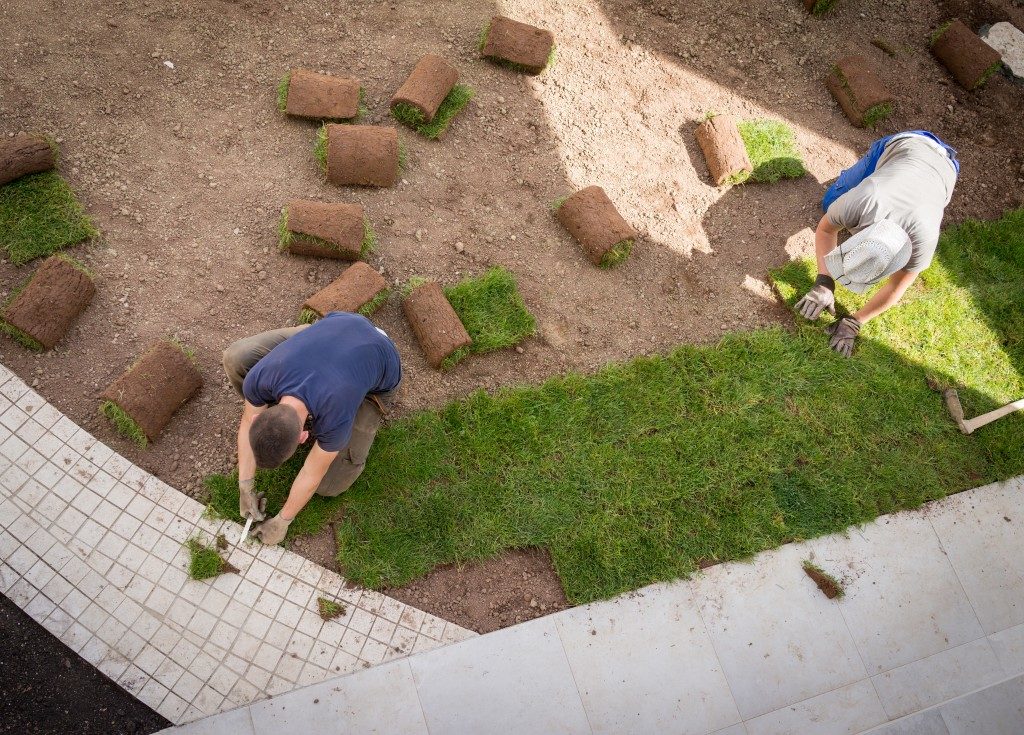Are you thinking of upgrading your patio for 2020? Consider using some hardscaping materials and designs. Hardscaping does wonders in making your outdoor space more beautiful and livable. Here are some hardscaping options you can choose from.
What are hardscaping and softscaping?
To better understand outdoor landscaping, you have to know the two main elements of this design process: hardscaping and softscaping. Hardscaping refers to all hard materials like stones and wood used for landscaping. Meanwhile, softscaping refers to all things that grow outdoors like grass, flowers, shrubs, and trees.
In simple terms, softscaping involves living things while hardscaping covers inanimate objects. Ideally, you want to balance both hardscaping and softscaping. For this article, let’s focus on hardscaping.
Where is hardscaping used?
Hardscaping is used for the following parts of the house:
- water fountains
- decks
- stairs
- walkways
- gazebos
- outdoor kitchens
- driveways
- swimming pools
- patios
What is the most crucial element of hardscaping?
A critical component of hardscaping is water absorption. The hard material will be laid on top of the soil. So, the soil will not absorb the water. This increases the risk of runoffs and floods. So, the irrigation system of the hardscaping design must be topnotch. You wouldn’t want your patio to be flooded when the next storm comes.
This is why it’s essential to hire a contractor for your hardscaping project. For example, intense storms happen in Salt Lake City. Aconcrete contractor will make sure your patio will not have cracked foundations because of water infiltration.
What are the main types of hardscaping materials?
When you talk with your contractor, ask which of the hardscaping materials and design elements will be perfect for your project.
Segmental retaining walls – these are walls that do not use mortar for construction. The many colors and textures of these walls make for versatile designs. These are used to enhance the privacy and security of your home.
Plantable wall blocks – these are good options if you don’t have a big area for your patio but still want to have plants to care for. These blocks create vertical space for a hanging garden.
Concrete pavers – these are more affordable than bricks pavers. They come in many colors and shapes. They are also more durable. Plus, they’re versatile. They can be used in a wide area like a driveway or as accents.
Permeable pavers – these let rainwater trickle to the ground, reducing the risks associated with hardscaping.
Flagstone and other natural stone – these are slabs of stones like basalt, limestone, or granite. These can be used for paths or as accents like stepping stones or decorations around plants. There are a lot of sizes, shapes, and types to choose from, from big boulders to small gravel.
Wood – these use natural wood like mahogany, teak, and other sturdy wood. These can withstand different weather conditions. One advantage of using this material is that it is always aesthetically pleasing.
Conclusion

Whatever hardscaping materials you choose for your project, make sure that you’re happy with it and that you know it will add both beauty and function to your patio.

